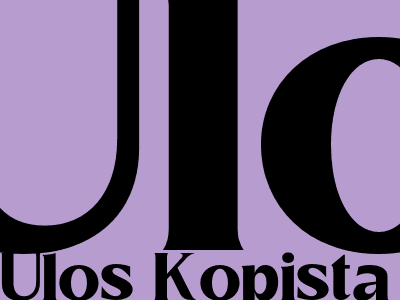
Ulos Kopista: A Textile with a Meaning in North Sumatra
Ulos Kopista, Craftsmanship from North Sumatra
Ulos Kopista is a traditional textile crafted by the Batak people in North Sumatra, Indonesia. It holds great significance in their culture and community, serving multipurpose functions as a symbol of prestige, a form of communication, and a ceremonial attire.
Symbolic Meanings and Prestige Value
Ulos Kopista is an object of high regard in the Batak community. It symbolizes respect, honor, and prosperity. The Batak people believe that the motifs woven into the fabric can bring blessings and good fortune. The number of Ulos Kopista owned by the family holds prestige and reflects one's social status within the community.
Ornamentation and Textile Techniques
Ulos Kopista displays intricate geometric patterns in shades of red, white, and black. The threads are hand-spun and dyed using traditional techniques. Each motif carries a specific meaning, narrating stories of the Batak people's history and culture. These textiles are adorned with fringes and beads, adding to their charm and uniqueness.
Weaving Ulos Kopista
Ulos Kopista is meticulously crafted using a backstrap loom, which requires immense skill and patience. The weaver sits on the ground, controlling the tension of the threads with her feet while using her hands to guide the weaving process. The patterns are formed by carefully selecting and interlacing the colored threads, creating a tapestry of cultural heritage.
Importance in Rituals
Ulos Kopista is an essential part of traditional Batak rituals, including weddings, funerals, and religious ceremonies. It serves as a ceremonial attire, adorning the bodies of participants and signifying the significance of the occasion. During weddings, the bride and groom are draped in Ulos Kopista to symbolize their union and to invoke blessings upon their marriage.
Preserving the Craft
Ulos Kopista is a living tradition that continues to be passed down through generations within the Batak community. However, the craft faces challenges due to the advent of modern materials and the dwindling number of skilled weavers. In recent years, efforts have been made to preserve this cultural heritage, including the establishment of weaving workshops and educational programs to train young weavers in the art of Ulos Kopista.